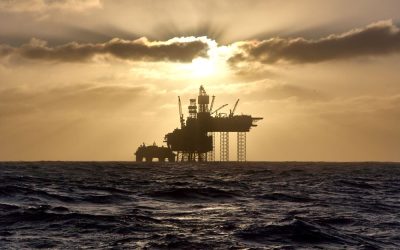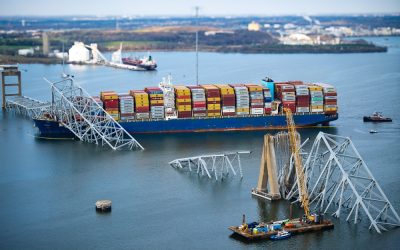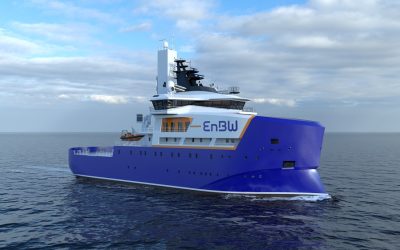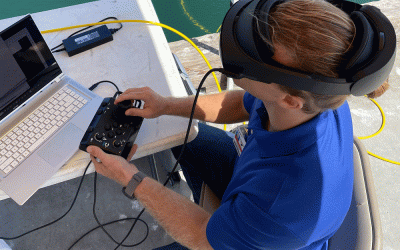The role of the naval architect in floating offshore wind
Jake Anderson, engineering director, ABL Group
Now is a fantastic time to be a naval architect. The employment market is booming with opportunities across lots of sectors of the marine industry. This article describes one such sector that provides an opportunity for naval architects to solve some of the challenges of the climate crisis.
A ship can be defined as a marine device that carries a payload with a specific hydrostatic and hydrodynamic performance. However, there are other devices that fulfil this definition including floating wind turbine systems.
Offshore wind has grown to become one of the cheapest forms of large-scale electricity production in the UK, with the capacity of the recently opened 1.3GW Hornsea Two wind farm being larger than all of the UK’s current nuclear power stations ((BEIS), UK Government, 2016), but at a fraction of the cost of the under-construction Hinkley Point C. The vast majority of offshore wind farms are bottom fixed, with a monopile or a jacket foundation, but these are only cost effective for installation in relatively shallow waters of up to around 50m. Northern Europe is surrounded by a continental shelf which is well suited this technology but there are many other parts of the world where the water depth is too deep to allow turbines to be fixed to the seabed. Overcoming this depth restriction is driving a technology race to develop cheap, scalable floating platforms for large wind turbines.
The forecast for the growth in offshore wind is breathtaking. In Q1 2022, the UK’s 13GW of installed capacity of offshore wind capacity (UK Department of Business, Energy and Industrial Strategy, 2022) was the second largest type of electricity generation in the UK at 15% of the total, beating nuclear for the first time. However, achieving net zero emissions by 2050 requires the worldwide annual additional installed offshore wind to increase from 5GW per year in 2020 to 80GW per year by 2030 (International Energy Agency, 2021). The number of sites suitable for floating wind will depend upon how the technology matures, but there is no doubt that there will be an order of magnitude more sites that bottom fixed wind. Accordingly, as the costs decrease, it is likely that the demand for floating wind will be unprecedented, and its contribution to addressing the climate crisis will be huge.
A floating wind turbine generator is a complex marine device. Buoyancy carries the payload of the turbine, which can comprise of a 150m-tall tower topped with a 700tonne nacelle driven by 55tonne blades that sweep an area with a 220m diameter. Geographical position is maintained by a mooring system, either catenary bottom fixed, catenary daisy-chained between turbines or taut bottom fixed. The system must also support dynamic electrical cables for the export of the power. There are several different types of buoyant structure that support the wind turbine, all of which will be familiar to naval architects that have experience in the oil and gas industry.
Fluctuating forces
The fluctuating forces from the turbine are dictated by a control system designed to optimise power generation, which along with the flexible nature of the turbine and mooring systems mean there are many different load frequencies to resist. Unlike bottom fixed foundations, floating wind foundations are designed to be buoyant and many proposed designs are stiffened plated structures that will be built by shipyards. Deriving the optimum design for all of these drivers requires engineers with knowledge of wave loadings, hydrostatics, hydrodynamics, mooring systems, marine operations, stiffened plate design, cost and benchmarking of fabrications in shipyards, and the design process required to solve this conundrum. The one engineering discipline that covers all of these topics is of course the naval architect: the marine system integrator.
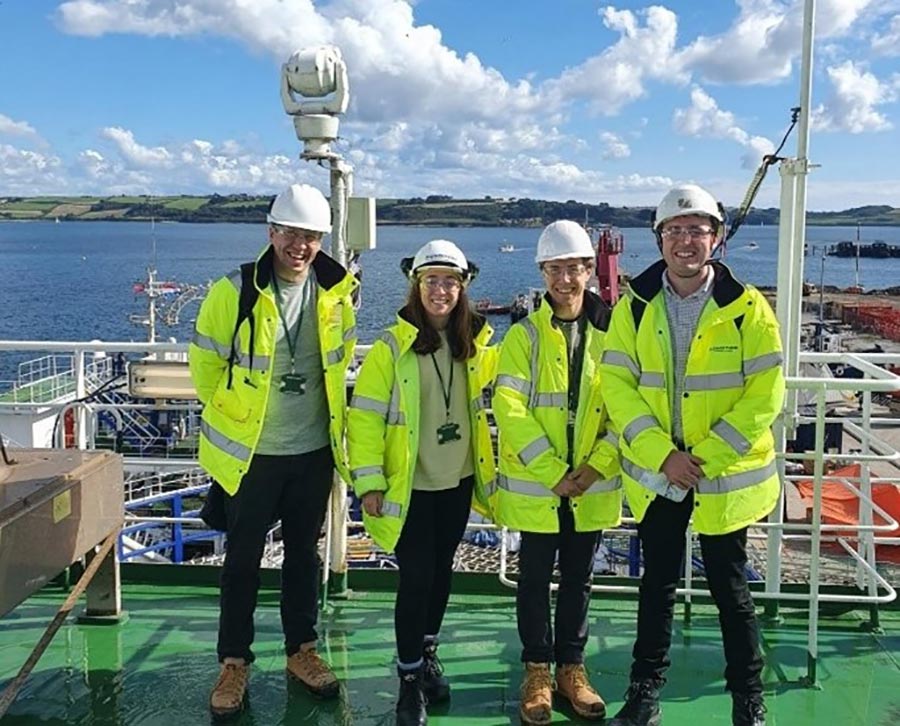
ABL engineers on a ship visit. Source: ABL Longitude Engineering
Naval architects working in the oil and gas industry have been designing and installing both floating and fixed structures for many years. They provide a fairly minor contribution to a bottom-fixed structure project, focused on the calculation of hydrodynamic loads and the transportation and installation. However, floating production systems required a much greater contribution from naval architects, and there are many parallels of the expansion of the opportunities for naval architects that occurred as the number of oil and gas floating production projects increased as with the transition from fixed to floating offshore wind.
ABL Group is focused on energy transition in the marine environment, and as part of this drive, has become a leading force in offshore wind having worked on over 40 floating wind projects. It has teams dedicated to the development of floating wind technology, to the development of floating wind projects and the engineering and oversight of the installation of the projects. ABL Group company OWC is currently the principal designer and owner’s engineer on a UK-based floating wind farm, the first of many floating wind projects in the Celtic Sea currently under development. OWC has worked on the development of several different floating wind technologies and worked alongside other ABL companies which have prepared the installation engineering and installation oversight of projects.
Evolving ways of working
Naval architects are critical members of the teams within all ABL companies, but the industry is facing unprecedented pressures from simultaneous growth in many directions. The defence industry is booming with increased expenditure by governments leading to growing numbers of opportunities and expanding design teams, commercial shipping requires new low- or zero-emission tonnage, and the increase in oil and gas prices is increasing the investment in the extension of existing facilities and in some cases, new projects. Further to concerns regarding where the future engineers will come from, employees are also becoming more demanding:
- Some people only wish to work in energy transition related projects. Whilst this could be interpreted by employers as a lack of flexibility, it actually shows drive, dedication and a moral stance which should be applauded.
- Some people undertake market sector degrees rather than discipline degrees, for instance MScs in Renewable Energy. The content of these degrees are often similar to those in a traditional naval architecture degree but the onus is on the employer to satisfy themselves that the content is relevant.
- Some people look for flexible working. Covid has taught many employers that rigid work patterns of nine-to-five, five days a week in an office are not necessary to maintain productivity. However, people starting out on their careers require interaction and mentoring with colleagues, and oversight from more senior staff to ensure they develop to their full potential. Striking the balance between flexibility and structure can be hard for employers and this is an important factor in defining the culture in the company, so must be treated with care.
- Of course, people want their salaries to follow the market rate. The market rate for people is undoubtedly increasing due to the limited supply of engineers and the demand from industry, and employers must stay in touch with these increases. However, as the pool of people is finite and services different sectors, the influence of one sector will affect others. For instance, the increase in defence spending may increase the margins on these military ship projects providing employers in the sector with more room to increase salaries. This could result in other important sectors being unable to attract the right people and the knowledge and opportunity therefore moving overseas.
To address these concerns, ABL has adapted to the changing ways of working and the training and development of staff and embraces the views of younger employees as they provide an insight into the future direction of the company. ABL is also working with universities and professional institutions to raise the profile of the sector and products such as floating wind devices with naval architects to ensure that career paths are known to people before they enter the jobs market. But, wherever today’s students training in naval architecture end up, they will undoubtedly have plenty of opportunity to make their mark on society.

